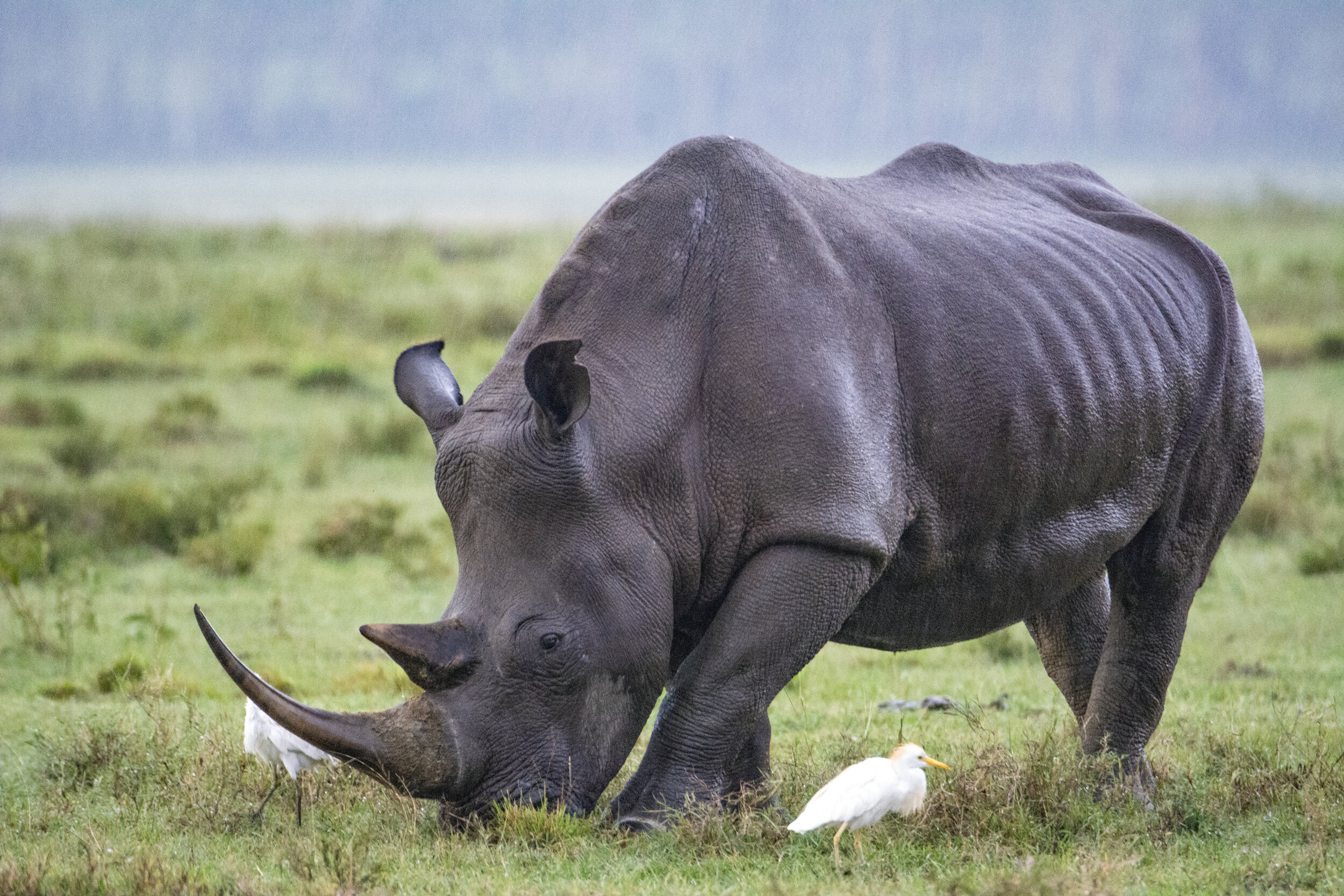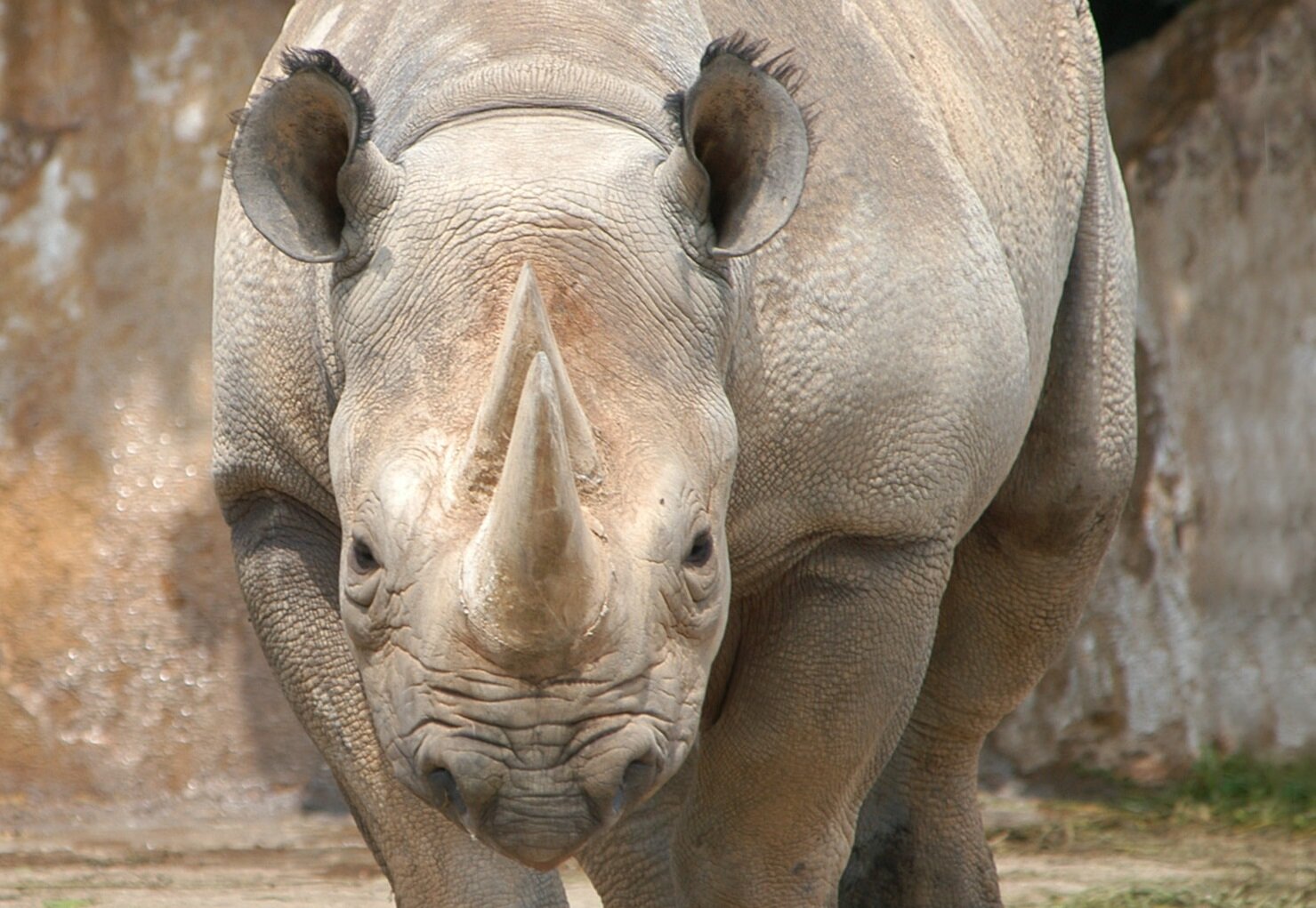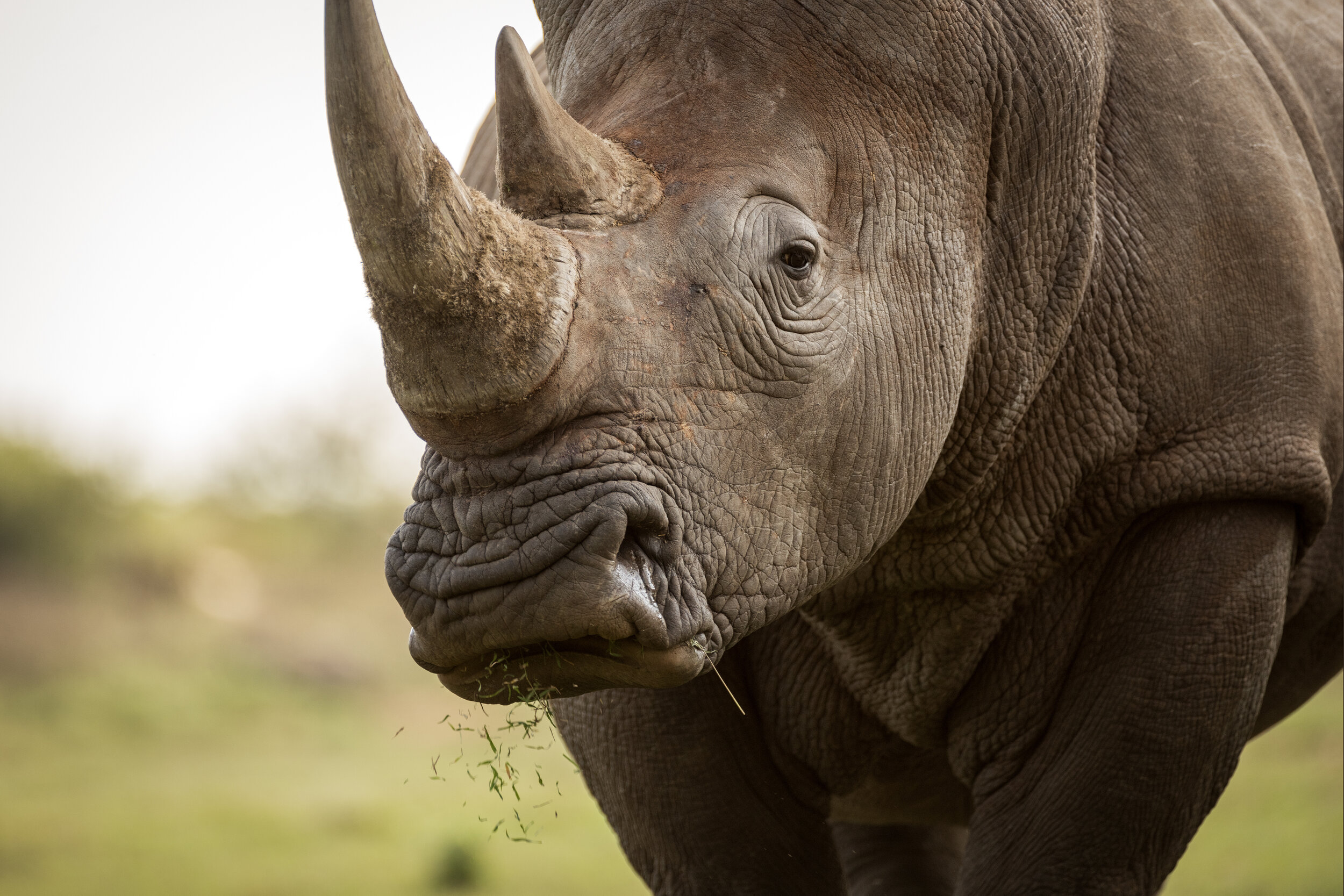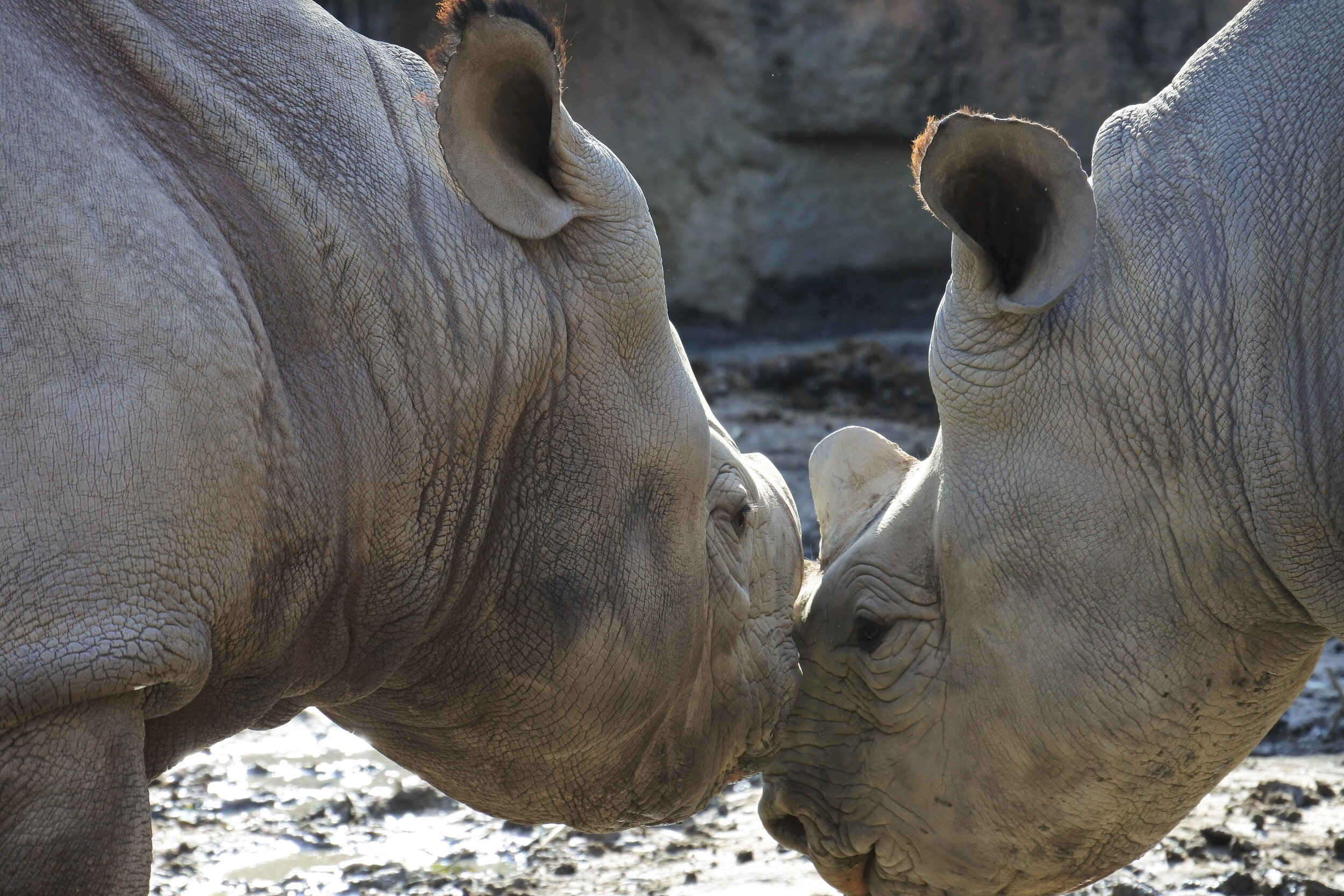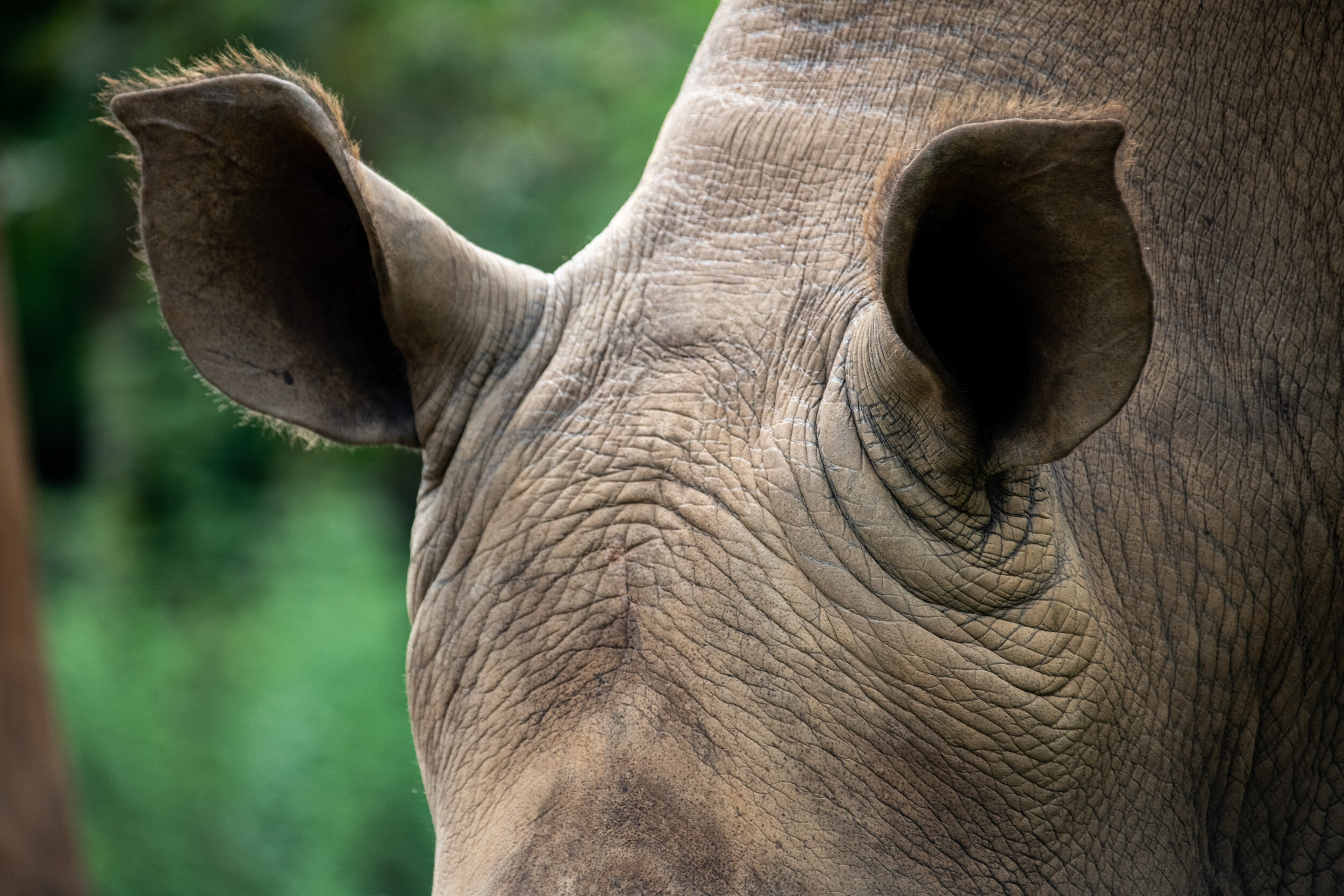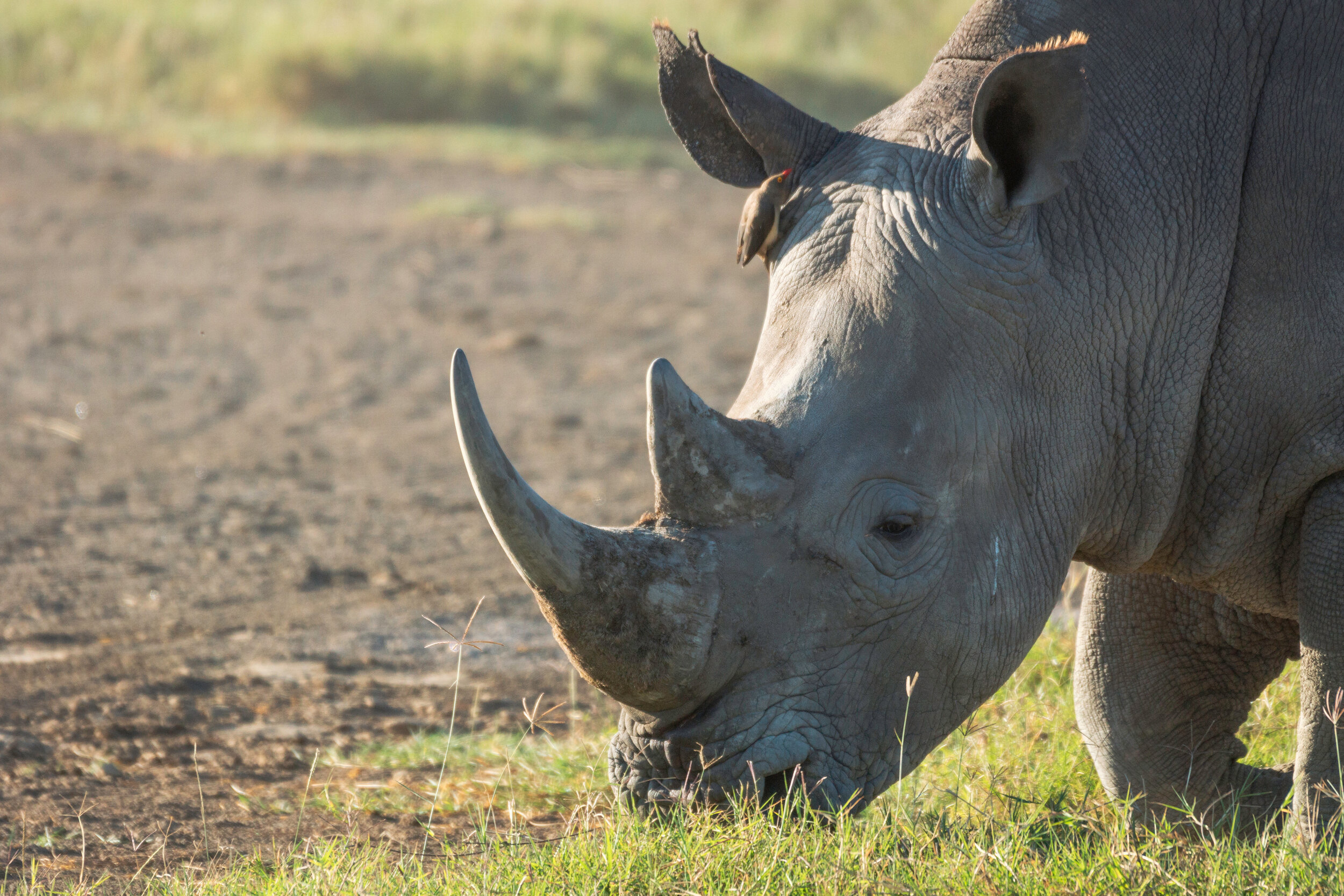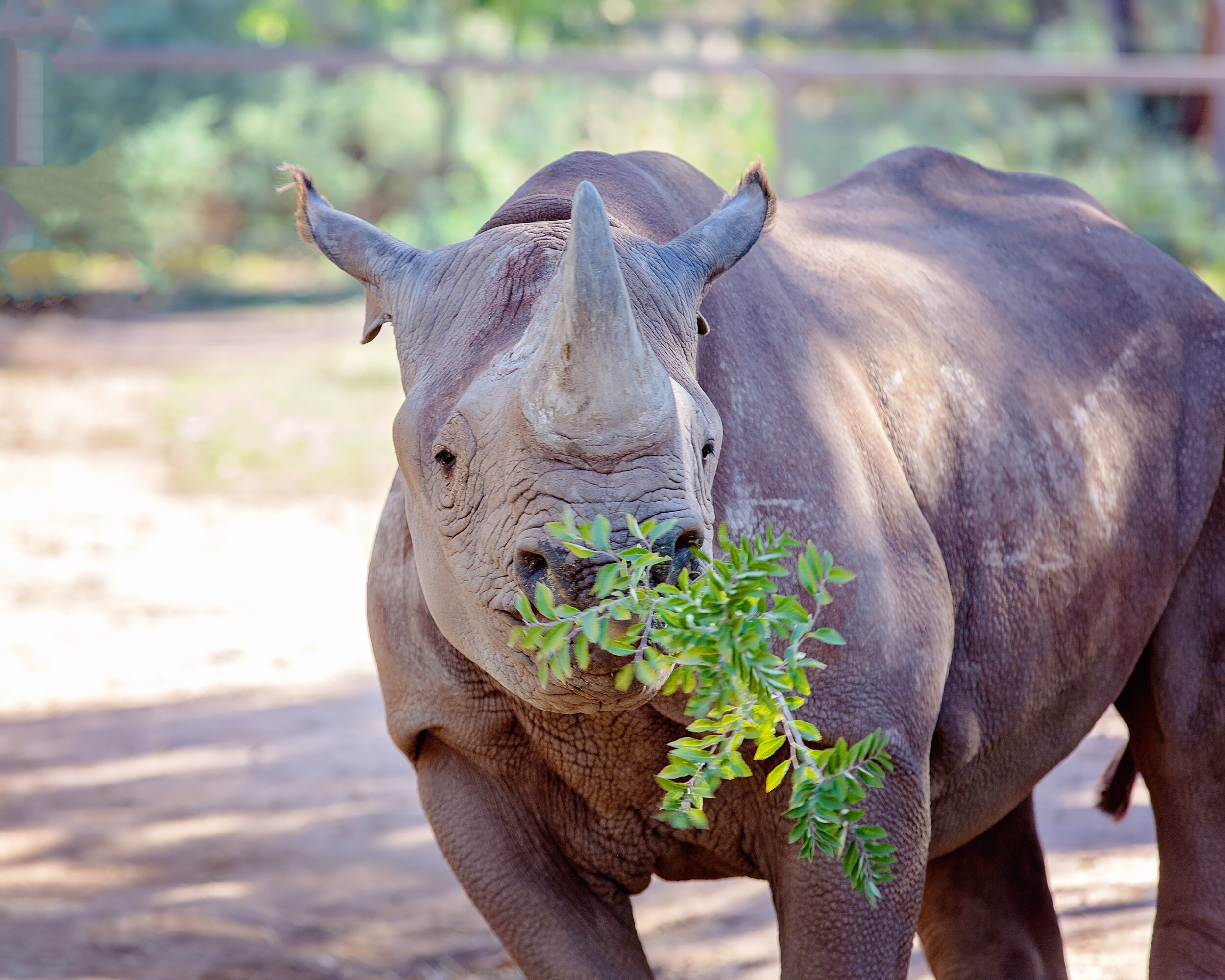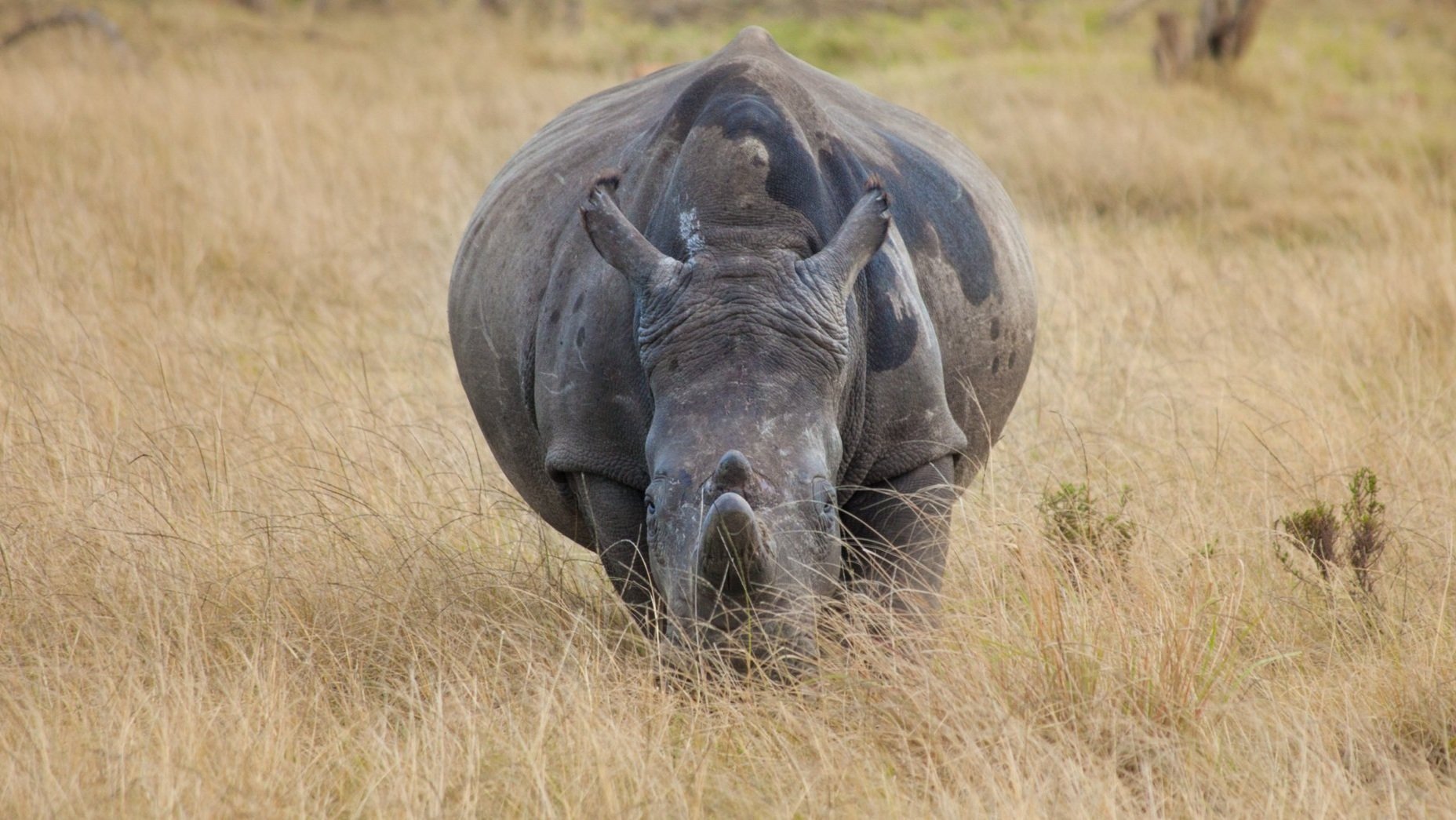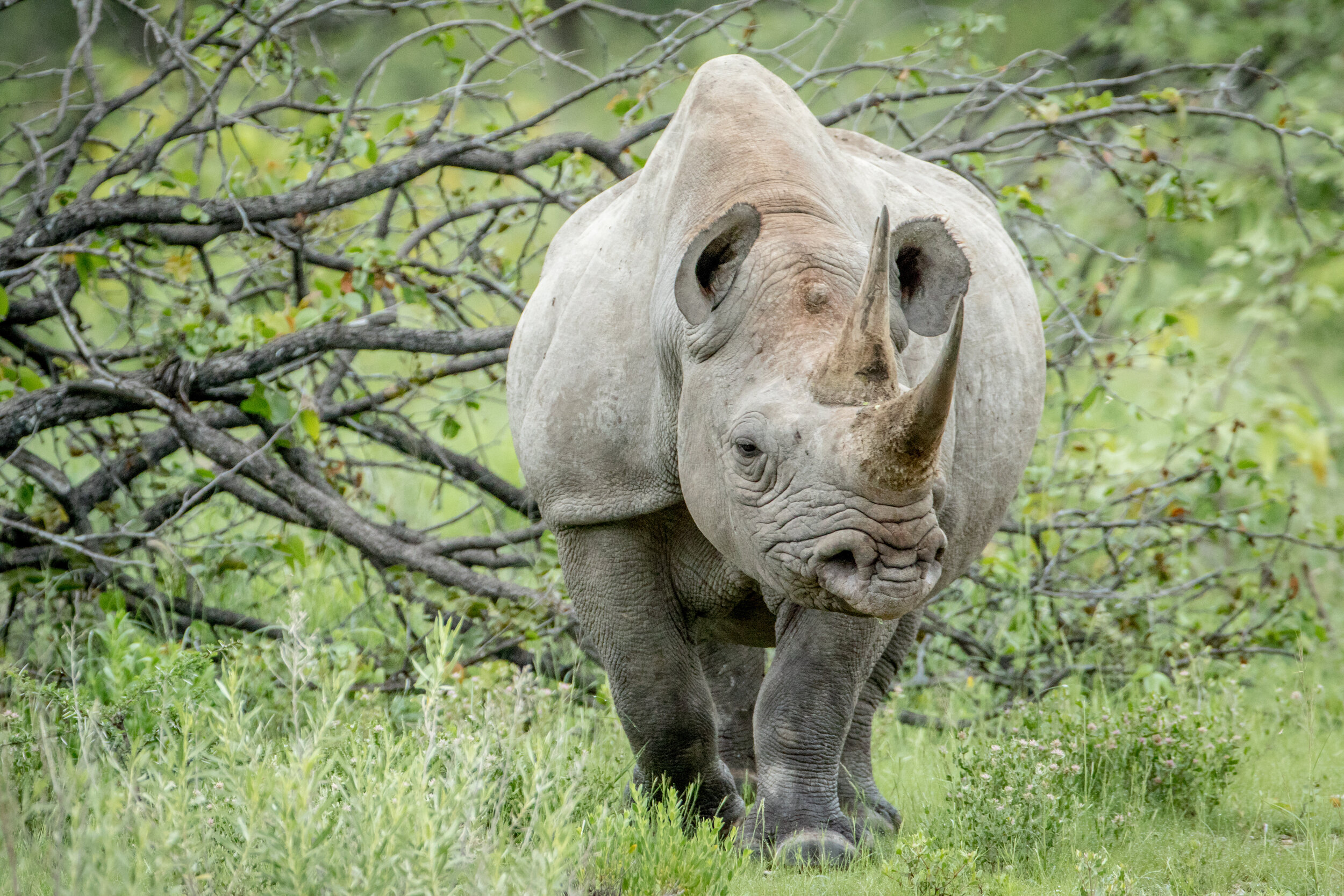Explained: Black Rhino vs White Rhino
Written by Sarah Chapman
Nature experts and novices alike would be forgiven for confusing these two stocky, horned animals. While they might be similar in many ways, there are several distinct differences between black and white rhinos, including their appearance, habitats, and behaviour.
Physical appearance
Size
Their physical appearance is probably the most striking similarity between these two members of the Rhinocerotidae family. However, they differ quite dramatically in size. Black rhino generally weigh between 900 - 1.350 kg, while the size of their counterpart is almost double at 1.800 - 2.500 kg. White rhino are the second-largest land mammal after the elephant.
Upper lip
Other than size, another noteworthy difference in appearance is their upper lip. The white rhino’s name, in fact, has nothing to do with its colour. The name is derived from the Afrikaans word “weit”, which means wide, and refers to the animal's muzzle. Black rhinos, on the other hand, have more of a hooked lip.
Face shape and size
Another distinct difference between these two horned creatures is their face shape and size. Black rhino have a shorter head from forehead to mouth, but a more protruding and smaller head. White rhino have a longer, less defined forehead and a much longer skull. Black rhino also tend to carry their heads higher, while white rhino lower their heads closer to the ground making grazing easier.
Ears
Black rhino also have smaller, rounder ears than white rhino, whose ears are more pointed and narrower at the top. The larger size of white rhinos’ ears is an important evolutionary adaptation for them as they make up for their poor eyesight with a nose that’s usually close to the ground.
Horns
Although the black and white rhino both have two horns, the size and shape differ. The horns of black rhino are closer in length to one another, while the front horn of white rhino is longer than the second. Horns of male and female black rhino differ in that males often have thicker horns and females have longer, thinner ones.
Behaviour
Sociability
White rhino tend to be the more sociable of the two as they can usually be found in large groups of seven or more, while black rhino usually live alone, but are occasionally seen in groups of up to 5, but this is unusual.
Mother and baby rhino
Black rhino calves are often seen walking behind their mother while white rhino calves usually walk in front of them. The white rhino’s lowered head whilst grazing helps keep an eye on their young.
Eating habits
As mentioned above, black rhino have a hooked lip and white rhino are known as square-lipped rhinos. This is due to their different eating habits. Black rhino browse instead of graze, so their hooked lip helps them to grab leaves from trees. In comparison, white rhino graze on grass, walking with their square-lipped heads close to the ground.
More about black and white rhino
How many black and white rhinos are left in the world?
Both rhino are on the endangered list. Whilst white rhino are “near threatened” with only about 10.082 mature species left, black rhino are “critically endangered” with only 3.142 adult species remaining in the world.
Where can I see black and white rhino?
Both species are native to the African continent. Southern white rhino can be found in Kenya, South Africa, Botswana, Namibia, and Zimbabwe. However, there are only 2 remaining northern white rhino in the world, which live in Kenya - both females.
Black rhino can be found in Kenya, Rwanda, Zimbabwe, Botswana, South Africa, and Namibia.
Now it’s your turn! Can you tell the difference?
Left: white rhino; Right: black rhino
Now that you have the knowledge, maybe it’s time to tell the differences between black and white rhinos from up close? We’ve got you covered with plenty of sustainable safari destinations and stays all over Africa. Hop on over to our website to begin planning your next unforgettable, rhino spotting safari.

